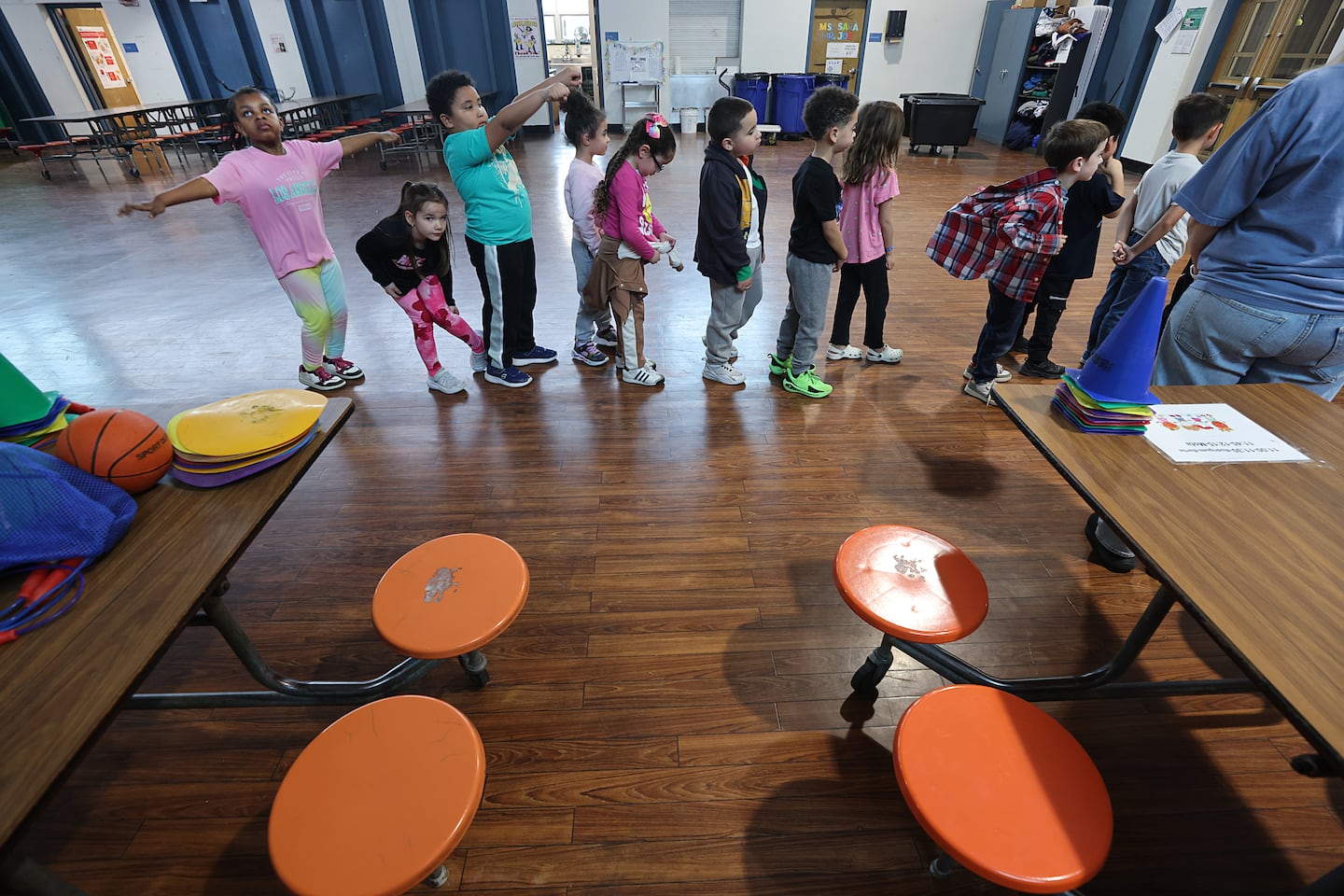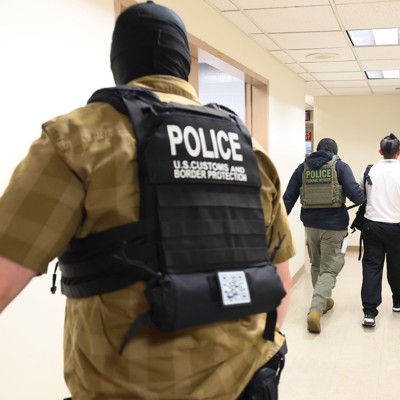Here’s what this means:
What are the relief funds?
The funds in question are mostly public school relief funds known as ESSER funds, part of the 2021 American Rescue Plan Act, which granted $1.8 billion to Massachusetts schools. The money was mostly unrestricted, with 20 percent required to go to academic recovery.
Because it was one-time funds, districts spent much of the money on one-time purchases, like building upgrades, HVAC systems, and new school buses. Other money went to temporary tutoring programs, teacher training, and summer and vacation learning.
The money largely went to high-poverty districts like the Gateway Cities, as the dollars were allocated according to the Title I formula that distributes money to districts according to their number of low-income students.
The primary deadline to use the funds was Sept. 30, and the vast majority was spent by then. But many districts were granted “late liquidation” extensions for things like paying contractors, as long as the money was obligated.
What did the Trump administration do?
In March, Education Secretary Linda McMahon informed states she had “reconsidered” the extensions previously granted by the Biden administration.
“By failing to meet the clear deadline in the regulation, you ran the risk that the Department would deny your extension request,” McMahon wrote. “Extending deadlines for COVID-related grants, which are in fact taxpayer funds, years after the COVID pandemic ended is not consistent with the Department’s priorities and thus not a worthwhile exercise of its discretion.”
The move affected close to $3 billion, The 74 Million reported, while Massachusetts officials said $106 million were on the line here.
Just two districts had most of the unspent funds: Springfield, with about $47 million remaining, and New Bedford, with about $15 million. Eighteen other districts were hit, including Fitchburg, Everett, Revere, and Boston. Two private religious schools also experienced cuts to a separate “Emergency Assistance to Non-Public Schools” program.
Massachusetts leaders condemned the move at the time, and Campbell signed onto the lawsuit to reverse it.
In their lawsuit, the attorneys general said the termination of funds was an “arbitrary and capricious” decision violating federal procedural requirements.
The judge’s order is just a preliminary injunction while the lawsuit continues to play out in court. It temporarily blocks the federal government from enforcing the termination of funds for affected states and requires 14 days of notice for future changes, though the Education Department’s decision could still be allowed as the legal case proceeds.
“As we work to recover from learning loss and financial hardship caused by the pandemic, our schools rely on federal funding to serve their most vulnerable students,” Campbell said in a statement. “I commend the court’s decision to restore school districts’ access to this money and I will continue fighting against reckless decisions by the Trump administration that threaten our youth and harm our schools.”
A preliminary injunction is a temporary order that preserves the status quo early in a proceeding, meaning the federal government could still win the case and be allowed to cut off the funds later.
In addition, New Bedford Superintendent Andrew O’Leary said losing this case would not prevent the Education Department from later taking the funds: it could make the same decision after following correct procedures and thereby reach the same conclusion legally.
“It still leaves room for [the Education Department] to act to withdraw the funds in a less arbitrary and capricious manner, so we’re not out of the woods yet,” O’Leary said. “It’s welcome news, but I would say there’s still a little caution about it.”
What will the money go to?
With the restored funds, districts can more safely proceed with planned capital improvements. O’Leary said in April the cut-off jeopardized an HVAC system and a school-based health center.
O’Leary said Friday the state had advised the district to proceed with their projects, and the district has contingencies in place.
“These projects are going to get completed,” he said. “We are going to push hard to hold the Department of Education and the secretary to account.”
Springfield leaders did not specify what plans were vulnerable to the cuts, but in a news release said they have used ESSER funds for one-time investments like HVAC installations and outdoor learning spaces, with “many of these projects … close to being done.”
Christopher Huffaker can be reached at christopher.huffaker@globe.com. Follow him @huffakingit.







